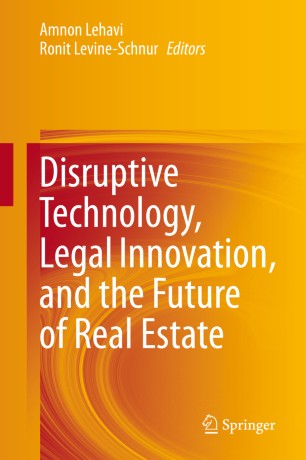Prospects of Blockchain in Contract and Property
Presentation
Conclusion
Except for extremely simple or low-value transactions, pure code-is-law mechanisms are insufficient. Blockchain networks and applications require governance structures and specialized services to provide effective contractual completion, as well as interfaces between the virtual and real worlds. Governance mechanisms are necessary at different levels in order to complete both network protocols and application contracts ex post, but pose a risk of centralization. Specialized services reduce some costs (e.g., contract writing) at the price of increasing agency costs, therefore creating additional conflicts of interests. Both forces will likely trigger greater demand for regulation and third-party enforcement.
Blockchain faces an even harder struggle to move from the world of personal rights to the world of real (i.e., in rem) rights. This leap will require public interfaces and interventions—mainly, to clearly establish and enforce the status of the blockchain as judicial evidence. Moreover, all other factors being equal, applications of blockchain in the field of property transactions are easier in document notarization and the conveyance of smaller-stakes and possession-based transactions, as well as when transacting purely virtual assets. For similar reasons, applications to registries of rights hinge on restricting their numerus clausus and any risk endangering indefeasibility.
Also available at
Shorter version reproduced in Amnon Lehavi and RonitLevine-Schnur (eds.), DisruptiveTechnology, Legal Innovation, and the Future of Real Estate, Springer, Cham(Switzerland), 35–55, https://doi.org/10.1007/978-3-030-52387-9_3
